If you’ve been looking for a way to grow tomatoes, this is the blog post for you! We all know that growing tomatoes at home is rewarding, but you’ll need to use the right equipment.
In this blog post, we will discuss the best size grow bag for tomatoes and how they can help. By the end, you will have all the information you need to choose your bag.
What Is the Best Size Grow Bag for Tomatoes?
The best size tomato grow bag is determined by the sort and variety of tomato you intend to grow. Below, I have outlined the best grow bag for each tomato variety:
- 5-7 gallon grow bags – Dwarf cherry, Elfin, Window Box Roma, or Patio F Hybrid
- 10 gallon grow bags – Determinate tomatoes
- 20 gallon grow bags – Indeterminate tomatoes
The above is what I’ve found is best for the varieties of tomatoes I’ve grown. You may have different experiences or opinions, so you can choose your own bag size based on what works for you!
What Grow Bags Do I Recommend?
I prefer black bags because they don’t get stained and they’re affordable when bought in a pack. As you want to give your tomatoes enough space to grow optimally, I recommend this twelve-pack of 10 gallon grow bags.
They’re well made, and their popularity among customers has no doubt earned them a solid reputation. I use them for nearly all of my garden growing.
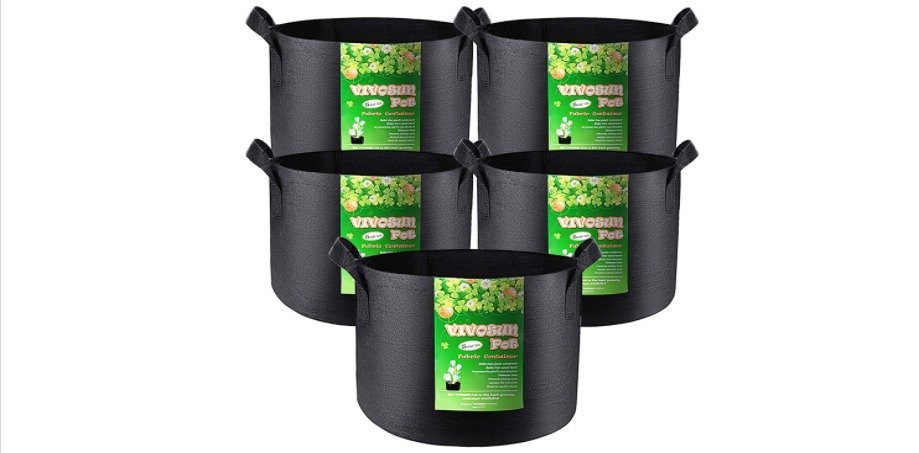
Why Is the Size of My Grow Bag Important?
Tomatoes need space to grow, especially when they are in their fruiting stage. They will be able to get all the nutrients and water that they require through these bags if you provide enough room for them to flourish.
The larger your bag is, the more room your tomatoes will have to grow. However, if you pick too big of a bag, then it may be difficult for the plant to support itself and maintain its stability as fruit is formed.
For example, I’ve found that determinate tomato varieties can easily handle themselves in 10-gallon bags. They are not very large plants, and they don’t need much height to support the weight of their fruit.
On the other hand, if you get a 20-gallon bag for your dwarf cherry tomato variety that is still in its vegetative stage, it may be too big and difficult for them to handle. I recommend getting smaller grow bags so that neither of you gets overwhelmed.
Is It Better to Grow Tomatoes in Pots or Grow Bags?
It is a personal preference whether you would prefer to grow your tomatoes in pots or bags. However, I recommend bags as they are far more cost-effective and practical for most people.
Here’s why I recommend using grow bags for growing tomatoes:
Easier to maintain – The most time-consuming part about growing tomatoes is having to water them every day in pots. With grow bags, you can simply lift off the lid and pour some water in without disturbing your plants too much.
Versatile – Grow bags can be used with nearly all types of plants, so they offer a lot more versatility than pots. You won’t have to find another option for growing other vegetables or flowers!
Reduces risk of disease – Pots are difficult to keep clean and free from diseases that affect tomato plants. If you use grow bags, then your tomatoes will be isolated from any diseases or bacteria that may reside in your pot.
Affordable – Grow bags are incredibly affordable and can be used for more than just growing tomatoes! Even if you get a large bag, it will still cost less than multiple pots of the same size.
Grow bags drain well – Tomato plants do not like their roots sitting in stagnant water and will quickly become sick if that is the case. Grow bags allow for easy drainage of excess water, so your tomatoes stay healthy all year long!
Disadvantages of Growing Tomatoes in Grow Bags
While grow bags are great for tomatoes, there are some disadvantages to them.
The first is that although the bag will serve its purpose of providing nutrients and water, it can be hard to know how much water and nutrients the plant needs. The size of your bag will determine how much water and food it can uptake, but if you give too little or too much then this could damage its health.
Finally, you will need a lot of soil to fill the bag, so this can get pricey if you are on a budget or have limited space.
These disadvantages should not discourage you from growing tomatoes in grow bags though! They are still an excellent way to cultivate your fruit supply and ensure that they have everything they need.
Tips for Growing Tomatoes in Grow Bags
Sunlight – You will need to make sure that your tomatoes are in a well-lit area. If you’re growing them indoors, then it’s best if they have access to windowsills or other areas where there is much sunlight.
Water – As mentioned above, the size of your bag determines how much water and nutrients your plants can uptake. However, this does not mean you can give your tomatoes too much water, as that will damage them – just the opposite of giving it too little.
Plant deeply – It’s best to plant your seedlings so that they grow in the middle of each bag. This will ensure maximum stability for them as fruit is formed, and it means you won’t have any plants being smothered by other ones above them.
Add calcium – If you’re using fertilizer, then it’s best to add some calcium into the mix. This is because tomatoes can be susceptible to blossom end rot (BER). To help prevent this condition from forming on your fruit, make sure that they get enough calcium in their system. I like to cover the soil with crushed eggshells.
Use potassium – Potassium is another important nutrient for your tomatoes, and it can be harder to get in their system when they’re grown indoors. Make sure that you surround the plant with some wood ash or add potassium into your fertilizer mixture if needed!
Grow companion plants – Tomatoes love to be surrounded by basil and other plants that will help ward off pests. This is because they give out a scent that helps keep away some types of bugs, such as aphids!
Tomato Grow Bag Growing FAQ
Tomato growing isn’t the easiest job. As such, there are a lot of questions people often ask.
Is a 5 gallon grow bag big enough for tomatoes?
It depends on the type of tomato plant. If you are growing cherry tomatoes, then a 5-gallon grow bag will probably be enough to cover your needs throughout the season. However, I generally recommend 10-gallon grow bags for tomato growing.
Are grow bags deep enough for tomatoes?
Yes, grow bags are deep enough to accommodate your tomatoes throughout the season. This makes them a great option for growing plants, even if you have limited space.
Can I reuse my grow bag when growing tomatoes?
Yes! Grow bags are designed to last many years of planting and harvesting, so feel free to use your same bag year after year – just be sure that there aren’t any holes or tears in it first!
How do I water my tomatoes in a grow bag?
Tomatoes need about an inch of water every week, and this will come straight from rainfall or watering it yourself with a regular garden hose. If you use drip irrigation then just set it up as usual and let the emitter do its job.
Is a 10 gallon grow bag big enough for tomatoes?
Yes, this is usually the perfect size for a tomato plant. It is big enough to provide your plants with enough water and nutrients, but not so big that it will be difficult for you to take care of.
Is a 3 gallon grow bag big enough for tomatoes?
No, I would only recommend that you use a grow bag for tomatoes if it has at least a capacity of 5 gallons. This is because smaller bags don’t give plants as much room to grow, which can lead to problems down the road.
Conclusion
In conclusion, grow bags are a fantastic and affordable way to grow your own tomatoes. They provide nutrients, water, and drainage while keeping the fruit off of the ground so it can get enough sunlight on every side.
If you follow these tips for growing tomatoes in grow bags, then you will be well-equipped to keep your plants healthy all year through. I hope you have a great harvest!
Tim is an avid gardener from the UK. He was the founder of PlantCarer.com from 2021 to Sep 2023. He sold PlantCarer.com to Aaron. He has since started his own business called Seed To Supper, which provides new gardeners all the materials you need in a box (pots, seeds, compost and instructions) to grow your own delicious and nutritious vegetables and herbs from start to finish – no garden required.




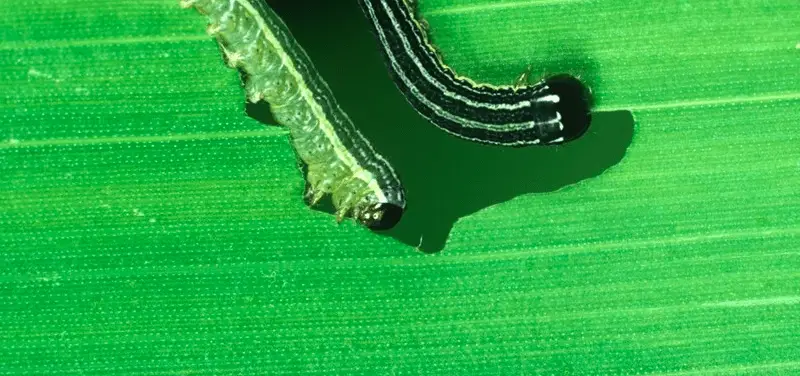
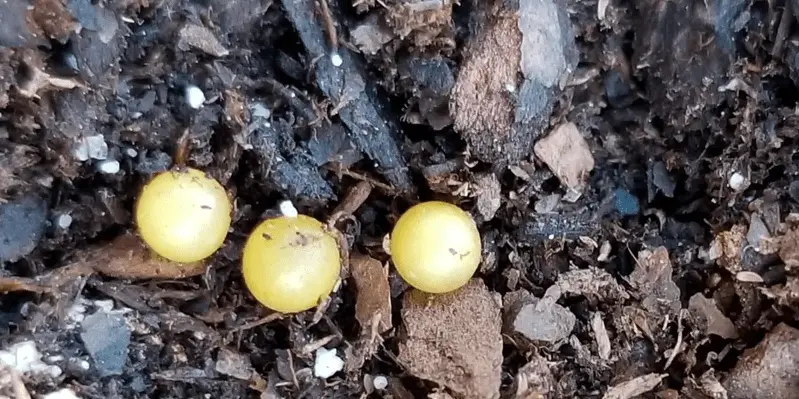
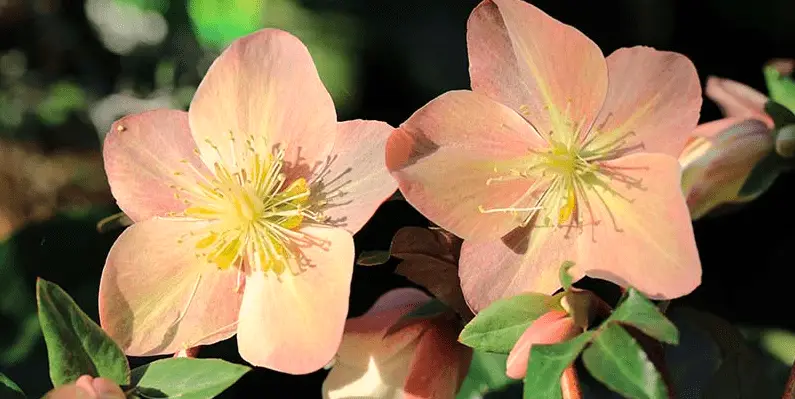
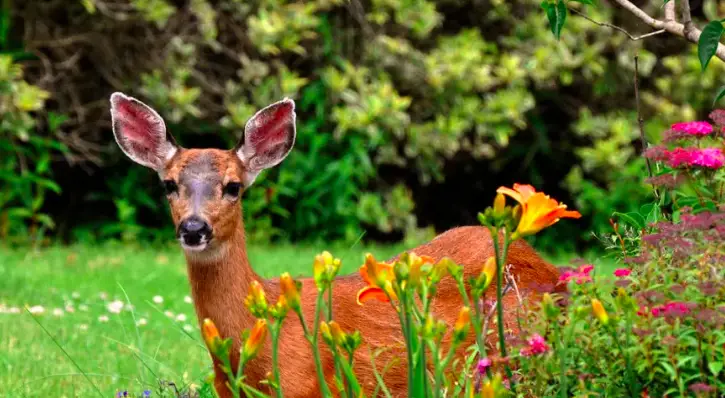
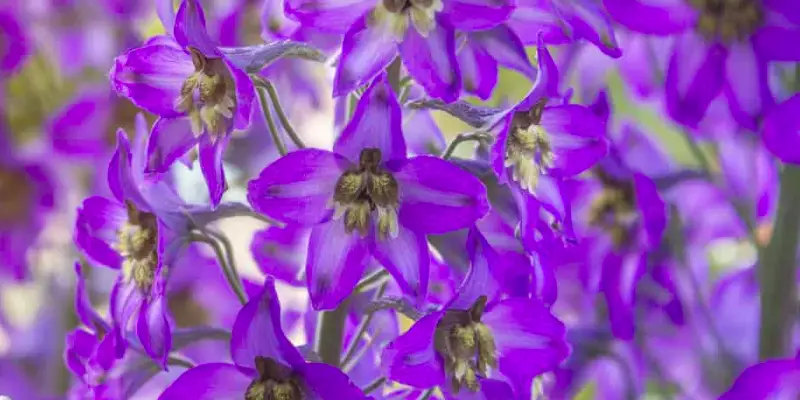
0 Comments